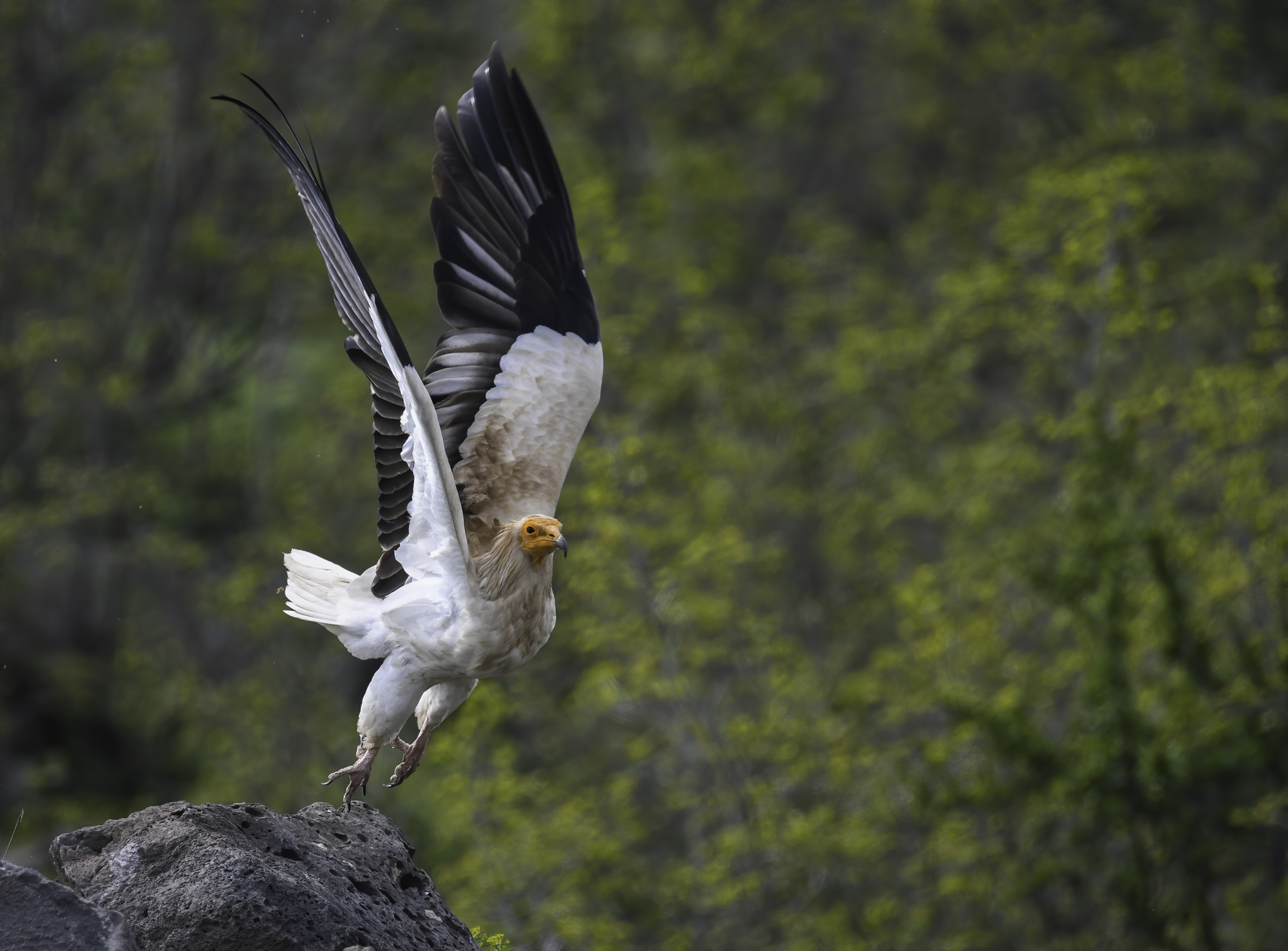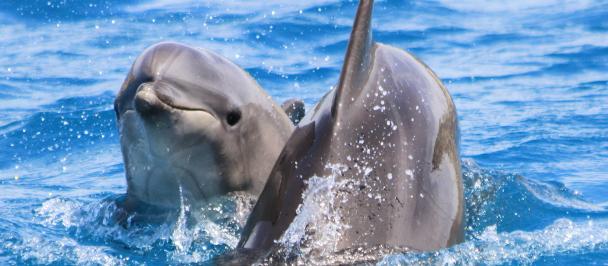UNDP and the Global Environment Facility are supporting biodiversity monitoring in Georgia’s 12 protected areas
Biodiversity monitoring helps protect endangered species in Georgia
March 2, 2022
Photo: Nika Melikishvili/CNF
East Caucasian Tur, Bezoar Goat, Chamois, Red Deer, Vultures, Black Stork, Pheasant, Caspian Snowcock, Brown Trout, Chestnut and 20 more animals and plants are under regular observation in Georgia’s twelve largest protected areas. Biodiversity monitoring assesses the status of endangered and rare species, examines the current and potential threats, and helps ensure sustainable management of natural resources.
The monitoring draws on UNDP’s US$1.8 million programme, funded by the Global Environment Facility (GEF) and implemented in partnership with Georgia’s Agency of Protected Areas (APA) and the Caucasus Nature Fund.
It is aligned with a 10-year biodiversity monitoring plan, developed by Georgia’s Ministry of Environmental Protection and Agriculture through its Agency of Protected Areas and the Biodiversity and Forestry Department.
In 2020-2021, UNDP-supported biodiversity monitoring provided vital data about the status of indicator species and ecosystems, including birds, fish and mammals, forests and pastures. Researchers and rangers also collected information about plant diseases that plague Georgia’s forests.
The APA regularly receives monitoring reports that include short and long-term recommendations for the adaptive management of protected areas.
"Protecting and conserving Georgia's rich biodiversity is one of the most important priorities of the Agency of Protected Areas of the Ministry of Environment and Agriculture of Georgia. We introduced modern technologies and approaches to biodiversity monitoring to address existing challenges with sustainable solutions, make patrolling more effective and improve the management of protected areas," said APA Chairperson David Iosebashvili.
“Biodiversity monitoring helps assess climate change impacts and the environmental costs of economic activities, such as tourism and infrastructural projects. Based on its findings, we can ensure that economic gains do not lead to biodiversity loss,“ said UNDP Resident Representative in Georgia Nick Beresford.
The 10-year biodiversity monitoring is set to continue through 2030, covering Algeti National Park, Borjomi-Kharagauli National Park, Javakheti National Park, Kazbegi National Park, Kintrishi Protected Areas, Lagodekhi Protected Areas, Machakhela National Park, Mtirala National Park, Pshav-Khevsureti Protected Areas, Tusheti Protected Areas, Tusheti Protected Landscape and Vashlovani Protected Areas.
Media contacts
- Nikoloz Tevdorashvili, Agency of Protected Areas, niko@tevdorashvili.com
- Sophie Tchitchinadze, UNDP, +995 599 196907, sophie.tchitchinadze@undp.org
- Ira Sulava, UNDP, +995 599 579105, irine.sulava@undp.org

 Locations
Locations




